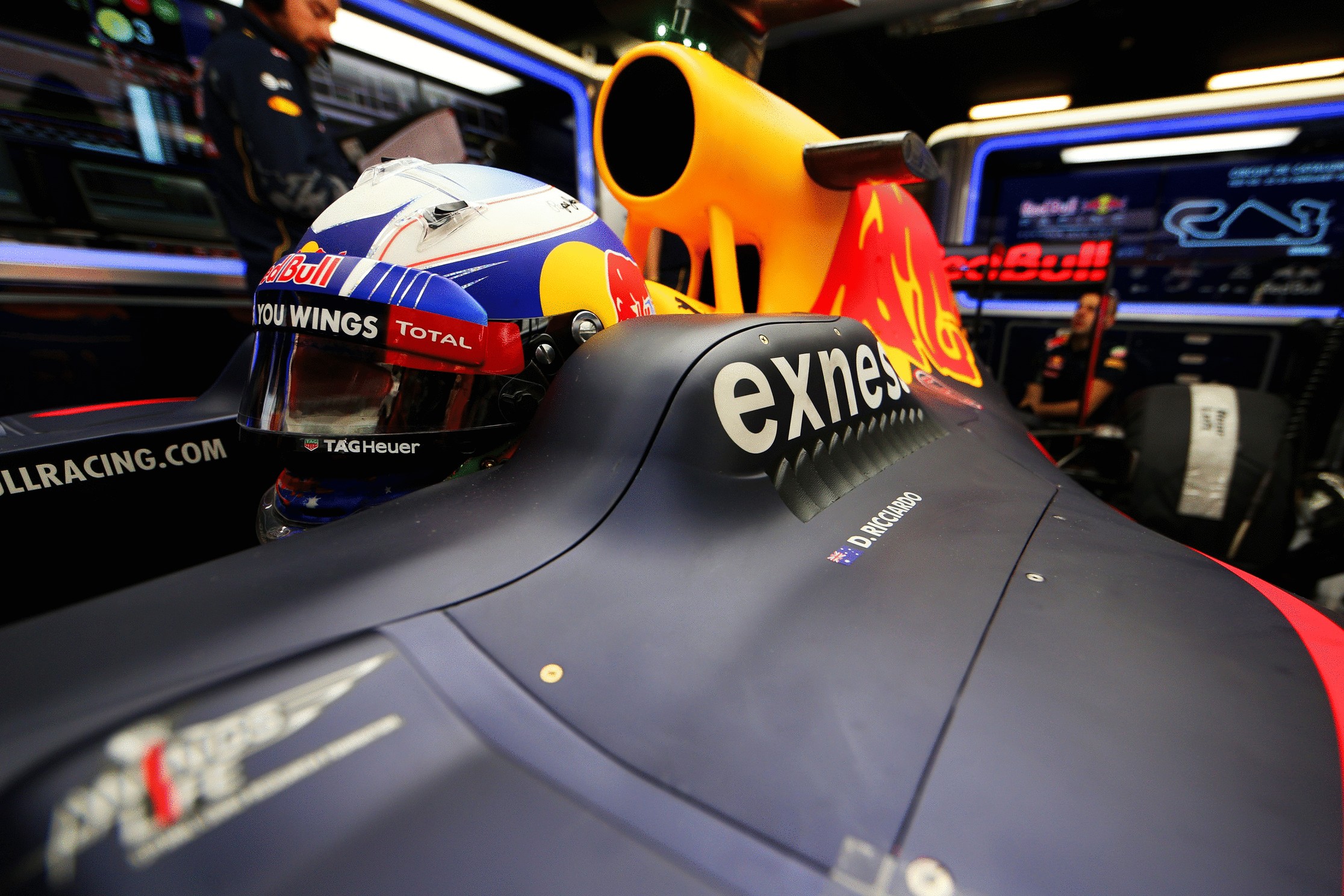I don’t know about you but there aren’t many tasks of much consequence that I can accomplish in less than 2 seconds. Yet, somehow, the Red Bull Racing team can swoop in and change all four tires on its Formula One racing cars in just 1.923 seconds.
The modern pit stop has been called “perfect choreography” and Red Bull Racing has elevated it to a world-record category. Next time you catch a race on TV, notice the teamwork and precision that go into that stop. Not only is it amazing, it also makes an interesting case study in preparation and performance.
In a sport where milliseconds are critical, hundreds if not thousands of adjustments are needed long before the cars reach the track to increase speed, shrink downtime and improve overall performance. Indeed, “Races are won long before the car reaches the racetrack”, says Alan Peasland, head of Technical Partnerships at Red Bull Racing.

Say “when”
Streamlining pit stops is one of the ways Red Bull Racing saves precious time. Deciding when to bring in the car is another.
Seems simple, but it’s not. Regulations dictate that two different types of tires must be used during each race, so there’s no escaping the need for a pit stop. Because each set of tires also has an optimum window for performance, bringing the car in too soon could mean you miss out on optimum performance. Bring the car in too late, and you could lose track position to a competitor. So the critical decision is “when.”
That’s where real-time data comes in. As I described in a previous post, real time data is the life-changing promise that emerges from connecting devices in what we call the Internet of Things.
New data needed real-time
Formula One cars on track are redesigned from scratch for the start of every season, so the car needs to be tested extensively before it’s ready for competition. Complicating matters, a major regulation shake-up in 2014 made past performance data of limited value. Racing teams need new data, and they need it in real time during trials so engineers can fine tune the race car to optimal condition.
Red Bull Racing feeds this constant hunger for data by equipping its team with world class connectivity – enlisting us, AT&T, as an innovation partner.
Let me give you a very high-level view of how our collaboration works.
The connected race car
Red Bull Racing’s race car is equipped with an array of sensors, each of them generating critical data about the car’s performance, like fuel consumption, brake temperatures, and tire pressure. AT&T’s advanced network services make that data available to the Red Bull Racing Team trackside and the AT&T Operations Room back at Red Bull Racing headquarters in the UK.
Essentially, this means that no matter at which of the 21 Formula One circuits worldwide the car may be racing, and no matter where it may be doing test runs, AT&T’s network helps the Red Bull Racing Team communicate and make decisions based on the latest near real-time information about the car’s performance.
That gives the engineers the insight they need to make a car perform to its fullest potential on race day and perform that “perfect choreography” in the pit stop. That can save milliseconds, which may help the team qualify higher and win.
Making the right decision from the team’s control room in the UK while the car is barreling down the track at 200 mph in a Dubai racetrack can make the difference between winning and losing.
Life-saving possibilities
It’s a thrilling business, and I’m not just talking about racing.
Take air travel as just one example. Today, a passenger having a health emergency flying at 40,000 feet above the Atlantic may need to wait 4 or 5 hours until he or she can be treated on the ground. But now there is a device that can be installed on planes that can take a passenger’s blood sample, blood pressure and heart rate, and send it to a doctor on the ground so treatment can begin immediately—even as the airplane continues to fly at 500 mph over the ocean.
Think of how important that would be in an emergency. Real-time data can make the difference between winning and losing and, in some cases, even between life and death.
Why should you care?
No matter whether you are a race car driver, a software developer or an insurance adjuster, in the not-so-distant future real-time data is going to change your life.
If you ever thanked your GPS for routing you out of a traffic jam, you already experienced the value of real-time data.
If you’re not using real-time data in your business yet, you need to figure out how to incorporate it. More and more it will make a huge difference in your job or business and will give you competitive advantage.
Just take a look at Formula One race car driver Daniel Ricciardo during the 2014 Belgium Grand Prix. Our technology played a vital role in Ricciardo’s win at this race, even though he started in fifth position.
The success was a result of the team’s ability to react quickly utilizing AT&T’s network services and Daniel’s driving talent. Through the nail-biting race, the trackside engineers were able to easily work with the headquarters to devise a strategy that allowed Daniel to take advantage of a collision between the two race leaders and ultimately finish first.
Real-time data made the difference.



